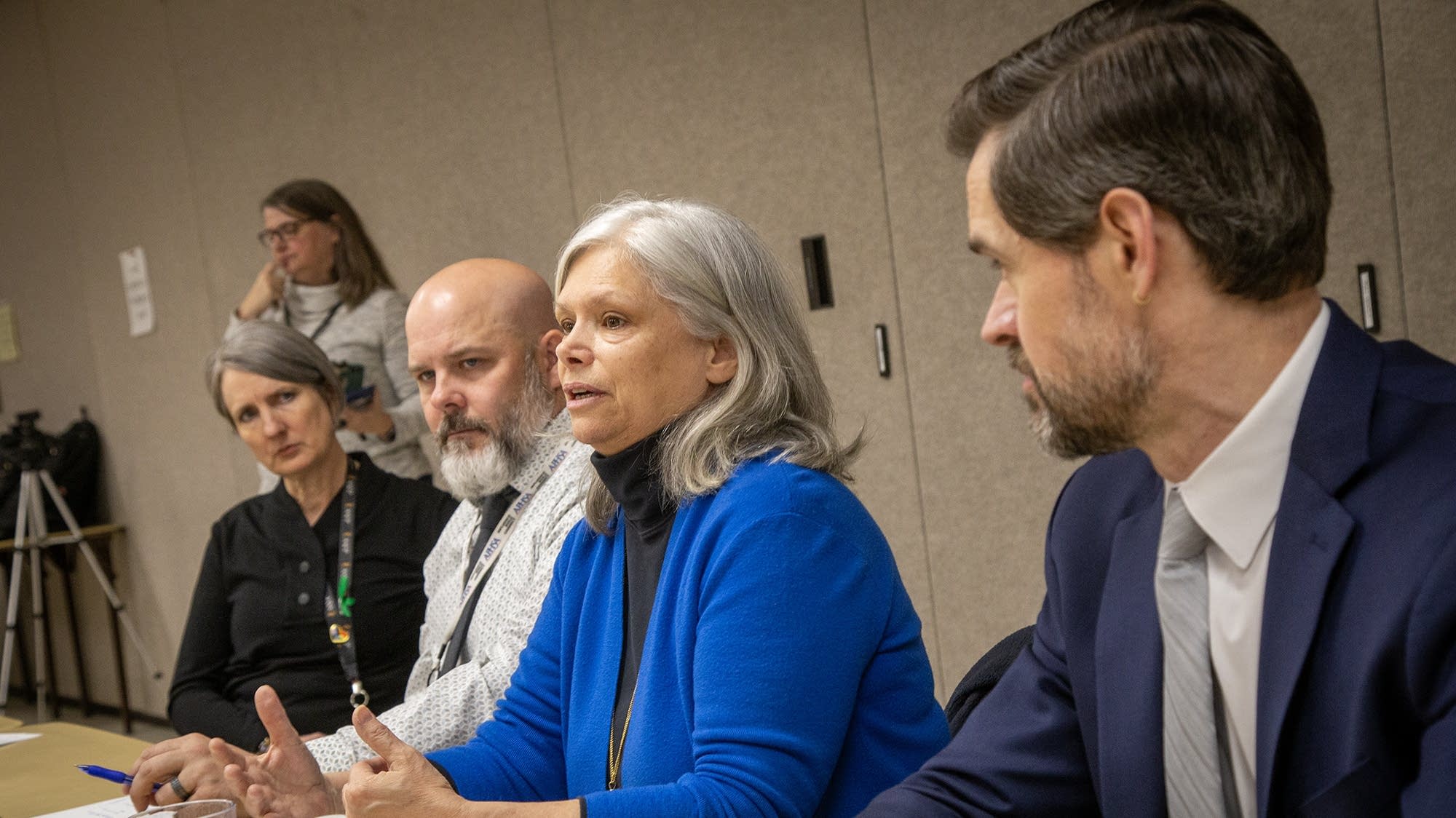Medicaid's Looming Crisis: Minnesota Braces for Potential Federal Funding Squeeze

As federal budget negotiations heat up, Republican lawmakers in Washington are strategizing to trim government spending while simultaneously pushing for new tax cuts. This potential fiscal maneuver could create significant challenges for state governments, particularly in healthcare funding.
State legislators are bracing for potential budget shortfalls, fully aware that federal spending reductions might leave substantial gaps in their healthcare financing. However, the exact financial impact remains uncertain, leaving state leaders in a precarious position of anticipating but not precisely quantifying the potential funding deficit.
The proposed budget cuts could force state governments to make difficult decisions, potentially requiring them to reallocate resources or find alternative funding mechanisms to maintain critical healthcare services. As negotiations continue, state officials are closely monitoring the potential ripple effects of these federal budget strategies.
